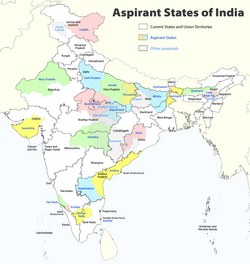North Cachar Hills Autonomous Council | |
|---|---|
 | |
| Type | |
| Type | |
| Leadership | |
Chairperson | Mohet Hojai, Bharatiya Janata Party |
Chief Executive Member | Debolal Gorlosa, Bharatiya Janata Party |
| Structure | |
| Seats | 30 Councillors (28 Elected + 2 Nominated) |
 | |
Political groups | Government (25) Others (3) Nominated (2)
|
| Elections | |
| 28 plurality voting 2 nominated | |
Last election | 8 January 2024 |
Next election | January 2029 |
| Meeting place | |
| Haflong, Assam | |
| Website | |
| nchac | |
The North Cachar Hills Autonomous Council (NCHAC), also known as the Dima Hasao Autonomous Council, [2] is an autonomous district council in the state of Assam in India. [3] It was constituted under the provisions of the Sixth Schedule of the Constitution of India to administer the Dima Hasao district and to develop the hill people in the area. Its headquarters is in Haflong, Dima Hasao district.
Contents
The council has 30 members of whom 28 are elected by the first past the post system and 2 are nominated by the state government of Assam. [4] It is led by a Chief Executive Member, currently Debolal Gorlosa. [5]


